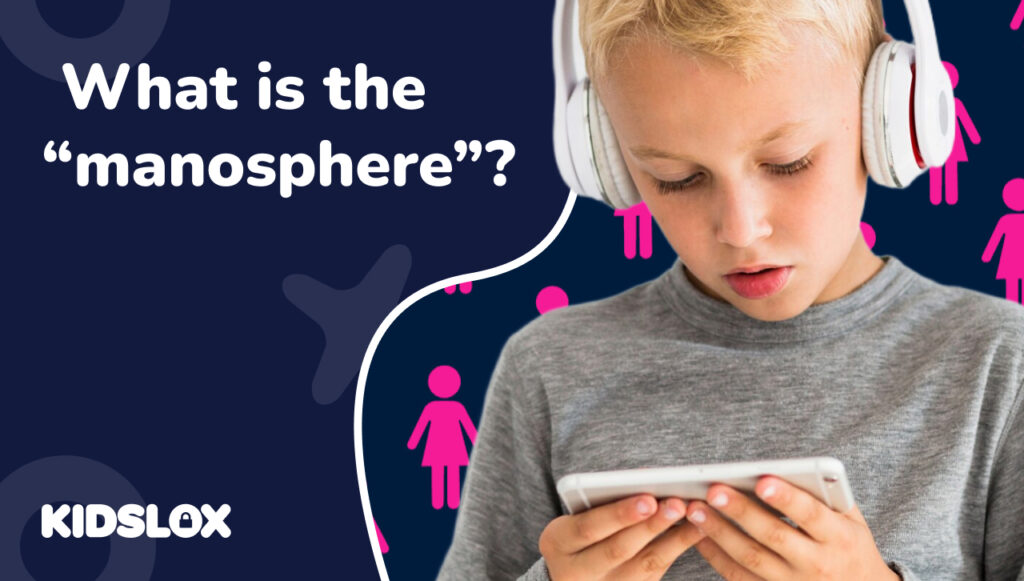A Guide for Modern Parents
If you’ve spent any time scrolling through parenting blogs or social media recently, you may well have come across the term snowplow parenting.
Parenting has changed dramatically over the past generation. There are now so many approaches; gentle parenting, attachment parenting, authoritative parenting, responsive parenting – it can feel impossible to know which guidance to follow.
Add in the constant stream of curated content online, and the pressure doesn’t just fall on kids, it falls on us too. Many of us weren’t raised in an era where emotional development, resilience, and mental health were widely discussed or researched. Now, with so much more science on childhood development available, parents are trying to balance new knowledge with old instincts. It’s no wonder we sometimes overcorrect.
But what actually is snowplow parenting? Why does it happen? And what are the controversies behind the approach?
What Is Snowplow Parenting?
At its core, snowplow parenting, sometimes known as lawnmower parenting or bulldozer parenting, is when a caregiver removes challenges, difficulties, or frustrations before their child encounters them.
Think of a snowplough clearing the road. Instead of helping you learn how to drive through snow, it removes the snow entirely so you never need to learn those skills.
A snowplow parent does the same thing emotionally, socially, or academically. For example, they might:
- Email teachers to fix problems
- Handle disagreements with coaches or other parents
- Step into friendship conflicts
- Smooth out anything that could cause discomfort
- Organise, plan, and manage everything so nothing goes wrong
What makes snowplow parenting controversial?
It usually happens before the child even has the chance to try solving the problem themselves.
Most snowplow parents act from love. They want their child to avoid the pain, stress, or disappointment they remember from their own childhood. But even with good intentions, clearing the path too much can get in the way of independence and resilience, and this can have a lasting impact into adulthood.
Why Understanding Snowplow Parenting Matters
It’s easy to think we’re just helping. And in the moment, we are. But the bigger picture is important.
Children build resilience the same way adults do, by facing challenges, managing stress, problem-solving, and experiencing emotions. When parents consistently step in early, kids miss out on the developmental “practice” they need to handle real-life situations later.
Over time, this can affect:
- Decision-making
- Emotional regulation
- Confidence
- Independence
- Ability to cope with uncertainty
- In a world that’s increasingly unpredictable, these skills matter more than ever.
Why Do Parents Snowplow?
We touched on it earlier, but modern life makes it incredibly easy to slip into this pattern. Our generation of parents is dealing with unique pressures that didn’t exist when we were children. Let’s take a closer look:
1. Academic and social pressure feels higher than ever
School feels more competitive. Extracurriculars feel more professionalised. Teen friendships play out in public on social media. It can feel like one setback, one missed deadline, one bad grade, one fallout, could throw everything off. When the stakes feel high, parents naturally try to protect their child’s future.
2. Discomfort looks scary
Watching your child struggle can be genuinely painful. A bad day at school can hit you harder than it hits them. Snowplow parenting often comes from an instinctive urge to soothe or shield, especially for parents who had tough or unsupported childhoods themselves.
3. Social media makes comparison constant
Seeing other parents “doing it all” creates enormous pressure. Beautifully organised lunchboxes, perfectly behaved toddlers, academic prodigies; none of it reflects real life, but the comparison is still there. Snowplowing can feel like you’re keeping up.
4. Anxiety is a normal part of parenting today
Between safety concerns, digital risks, academic expectations, and the pace of modern life, it’s understandable that parents feel hyper-alert. Sometimes that vigilance spills over into overmanaging.
What’s the Impact of Snowplow Parenting on Children?
While snowplow parenting comes from a place of care, research suggests it can have long-term effects:
1. Kids struggle with problem-solving
If parents always fix things, children don’t get the reps they need to figure problems out.
2. Resilience stays low
Mistakes, setbacks, and frustration are where emotional muscles are built.
3. Confidence can take a hit
Kids can quietly absorb the message: “My parents don’t think I can handle this.”
4. Independence develops slowly
Life skills develop through trial and error, something snowplow kids rarely experience.
5. Anxiety increases
Children who never face small difficulties can feel overwhelmed by the bigger challenges that come with adulthood.
How to Step Back Without Checking Out
You don’t need to swing from snowplow to “sink-or-swim.” The healthiest place is somewhere in the middle; supportive but not over-involved. Think of it as stepping beside your child instead of in front of them.
Here’s how to keep that balance:
1. Let kids face age-appropriate challenges
- If they spill something, let them clean it up.
- If they forget their homework, let them talk to the teacher.
- These small experiences build capability.
2. Coach instead of rescuing
This is key, and often the biggest shift for snowplow parents.
Instead of jumping in with solutions, try questions like:
“What do you think your options are?”
“What would you try first?”
“How would you handle this if I wasn’t here?”
You’re supporting them, not solving it for them.
3. Normalize mistakes
Failing a test or struggling with a friend isn’t the end of the world, it’s part of growing up! When children see mistakes as learning moments instead of crises, their confidence grows.
4. Pause before stepping in
A two-second pause can help you parent more intentionally. Try asking:
“Is this my problem or theirs?”
“Will helping now help them later?”
Often, kids are more capable than we assume.
5. Give responsibilities that match their age
Chores, daily routines, planning ahead, managing schoolwork—these are the building blocks of independence. They also give children a sense of competence and pride.
When Should Parents Intervene – or Snowplow?
It’s worth saying clearly: stepping in isn’t always wrong. In fact, sometimes stepping in is exactly what your child needs.
Snowplow parenting becomes a problem when it’s the default, when parents jump in automatically, even in situations where a child could cope, learn, or problem-solve on their own. But there are plenty of moments where intervention isn’t just appropriate, it’s protective and necessary.
Here are the situations where a bit of “snowplowing” is actually healthy:
- Bullying, including cyberbullying
This is one area where children absolutely deserve, and require, adult advocacy.
Bullying can be emotionally damaging, socially isolating, and in digital spaces, relentless. Kids often don’t have the power or tools to address it alone, especially when it escalates. In these moments, stepping in isn’t overprotective, it’s responsible.
- Safety concerns
If your child is in physical danger, exposed to risky behaviour, or feeling unsafe at school, online, or in the community, intervention is essential.Kids can’t always assess risks accurately, and they rely on adults to create a safe environment where they can grow.
- Unfair treatment
Sometimes children face situations they can’t navigate because the imbalance of power is too great, maybe with a teacher, coach, group leader, or peer dynamic. Speaking up on their behalf can model healthy self-advocacy and show them what boundaries look like.
- Emotional overwhelm
Kids don’t have fully developed coping mechanisms. When emotions become too big, anxiety, fear, grief, frustration, they can feel lost or frozen. A parent stepping in to help regulate, soothe, or guide them through it can prevent long-term stress and teach them how to manage emotions in the future.
- Situations beyond their developmental stage
Sometimes tasks or conflicts are simply too advanced for a child’s age or maturity. A six-year-old can’t navigate a complex friendship rift with the nuance of a teen. A tween can’t handle adult-level decisions. Supporting them here isn’t snowplowing, it’s meeting them where they are developmentally.
The Key Difference: Purposeful Help vs Automatic Rescue
What separates healthy involvement from unhelpful snowplowing isn’t whether you step in, it’s why and how.
If you’re stepping in to protect, model, or teach: that’s purposeful parenting.
If you’re stepping in to prevent any discomfort at all, or because you feel anxious: that’s when snowplowing can slip into overprotection.
Snowplow parenting is something many of us do without even noticing. We want life to be easier for our kids than it was for us. We want them to succeed. We want them to feel safe, confident, and capable.
But sometimes the best way to give them those skills is to step aside, just a little, and let them handle the small storms so they’re ready for the bigger ones later.
Whether you call it snowplow parenting, lawnmower parenting, bulldozer parenting, or snowplough parenting, the idea is the same… and so is the solution – support, guide, encourage, and trust that your child can handle more than you think.





